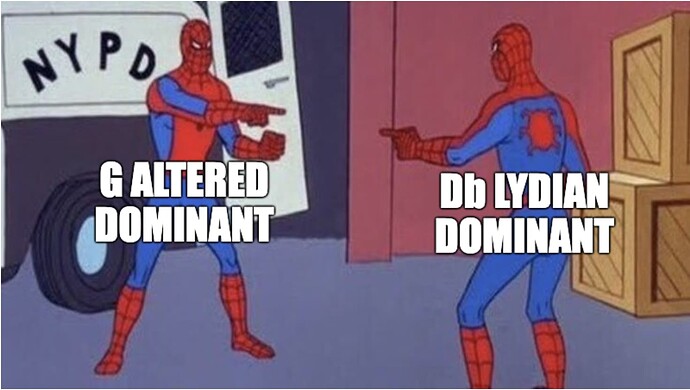Nat 11 on dominant in my mind makes it not dominant anymore, but 7sus4. Even if the third is present, that’s a sus to me. Some people online in other discussion groups have pushed back HARD at this, but at risk of sounding arrogant, I don’t think many of them really had any familiarity with extended sus chords, slash chords, Herbie, Wayne etc. In the jazz world any of these are common voicings for “G7sus”: F/G, Fma7/G, Dm7/
It’s common that we don’t really get literal about 13 chords for that reason - a dominant 13 colloquially needs just the 13 basically, doesn’t have to have the 9 or 11. For a bigger extended sound we’ll usually use #11, but that has less use as a V7 chord.
Asterisk: people like Monk would use dominant with natural 11 but it was, well…Monky.
Anyway, yes this all comes back to that b9 interval issue - B a b9th under a higher C in the voicing G B D F A C makes for some mud.
For whatever it’s worth when I want a big extended sus sound I start From D with the g in the bass.
So G bass, then can be D F A C E G B - note B is the last extension. Then it’s an extension on 7sus4 - odd and counterintuitive but I see it as a pretty solid “fact” wrt to how these sounds work. And it sounds nice.
When I want a big extended altered dominant I come from F in Ab melodic minor
So G bass, then the stacking is F Ab B Eb G Bb Db.
Extended unaltered dominants are tough. Because 11 turns into a sus.
#11 is awesome in the “stacking” approach if a tonic chord or subV or backdoor dominant, or other cases where a dominant isn’t acting as a “V7 of”. Like the IV in a blues.


